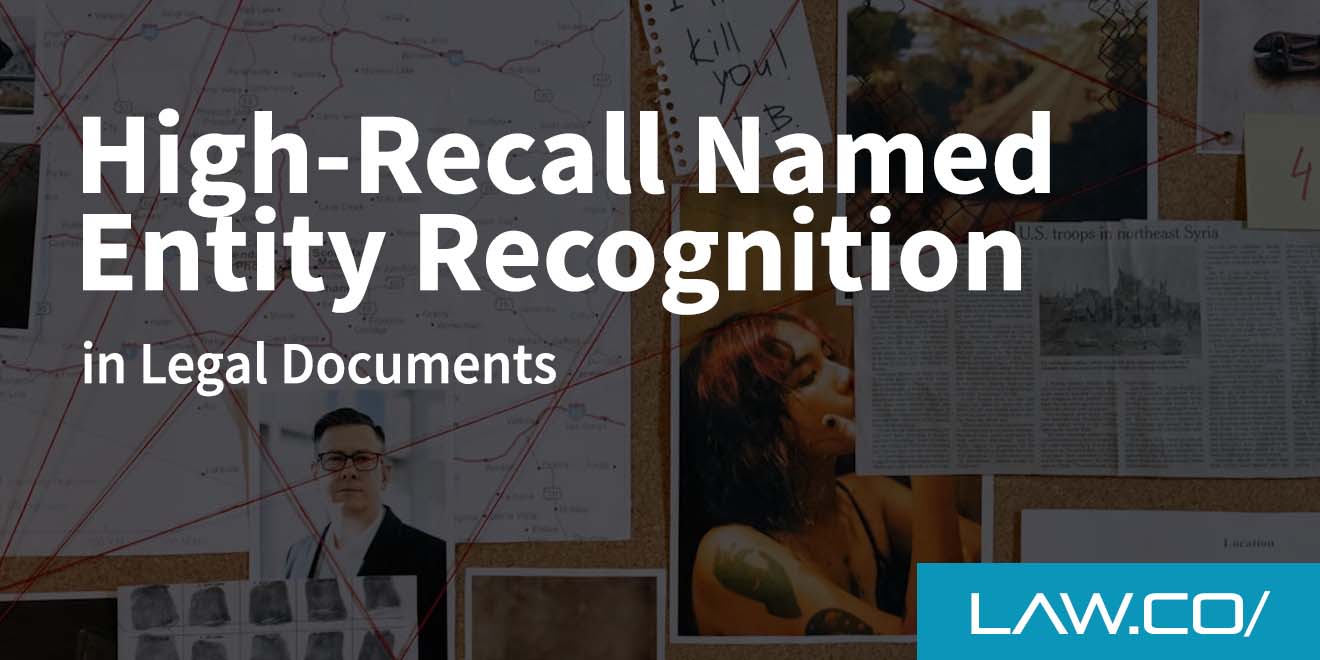

Building Reflexive Loops Into Legal AI Agents
If your firm has been exploring artificial intelligence solutions for legal research or document automation, you may have come across the concept of “reflexive loops.” While the term might sound a bit intimidating at first, it really boils down to creating a dynamic feedback system that helps your AI tool continually learn and refine its outputs.
Below, we’ll break down why reflexive loops matter, how they can streamline your workflows, and what you should consider before adopting them in your legal practice.

Reflexive Loops Help AI “Self-Correct”
It might be tempting to assume that once you’ve implemented a legal AI solution, it’ll keep chugging along flawlessly without any tuning. The reality is that AI systems occasionally make mistakes or give incomplete suggestions—especially when faced with complex, evolving case law or large volumes of new data.
That’s where reflexive loops come in: these loops gather performance feedback (like user edits and real-world outcomes) and feed it straight back into the AI model. Over time, the AI “learns” from what went right (and wrong) and incorporates these lessons into its ongoing tasks, meaning fewer errors and better insights.
They Minimize Human Workload
While reflexive loops can dramatically reduce the time attorneys spend correcting or revising AI-generated briefs or memos, that doesn’t mean they magically eliminate the need for human input. Indeed, a reflexive loop will only be as good as the feedback it receives from the lawyers who review the AI’s work.
Think of it this way: you remain the quality control, and your role shifts over time from constantly doing heavy edits to fine-tuning the occasional misstep. The payoff is better efficiency in the long run.
They Guard Against “Static” Systems
Some legal AI platforms function perfectly well on day one, but slowly become outdated if they aren’t regularly updated with new rules, regulations, or practice norms. A reflexive loop addresses this by constantly refreshing the AI’s knowledge base.
Every time you correct a citation or note a new precedent, the AI takes that information and updates its internal processes. Rather than waiting for a major system overhaul, your platform becomes more resilient and remains aligned with ongoing legal developments.
Implementation Doesn’t Have to Break the Bank
A lot of firms think implementing advanced AI features sounds expensive, especially for smaller practices. While it’s true you can invest heavily in custom solutions, technology providers are increasingly offering modular AI packages that come with built-in reflexive loops or easy add-ons.
If you’re on a tighter budget, you can still incorporate basic feedback mechanisms step by step—maybe starting with a contract review module and gradually scaling up. In many cases, the long-term savings from higher accuracy and faster turnaround times can more than justify the initial cost.
Informed Clients Appreciate Improvement
One subtle benefit of a reflexive loop is that it clearly showcases your commitment to using cutting-edge methods in the best interest of your clients. Rather than an AI tool that churns out the same sort of suggestions forever, you have a system that visibly improves over time.
That can become a selling point: you can let clients know that your practice invests in technology capable of adapting and refining itself. It positions your firm as forward-thinking and conscientious about delivering quality work.
Getting Started
Interested in exploring reflexive loops for your legal AI projects? A great first step is to survey your firm’s specific needs—are you looking to streamline document drafting, expedite case research, or reduce clerical errors in compliance work?
Once you’ve identified where an adaptive system would make the biggest difference, you can talk to software vendors offering customizable AI solutions. If budget or technical know-how is a concern, consider consulting with a legal tech professional or attending a virtual workshop on AI in the legal sector.
Final Thoughts
At the end of the day, reflexive loops are a powerful way to ensure that technology continually learns from the architect of all good legal work—your expertise. By building in a feedback mechanism, you’re reinforcing a cycle of improvement that can accelerate your firm’s progress while keeping the lawyer (and ultimately the client) at the heart of every decision.
Much like how a seasoned attorney refines strategies case by case, reflexive loops empower your AI to do the same—so your practice can adapt and thrive in an ever-shifting legal landscape.

%201.svg)










